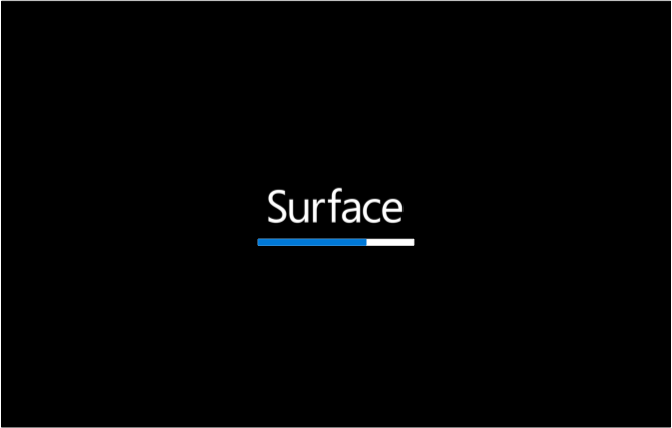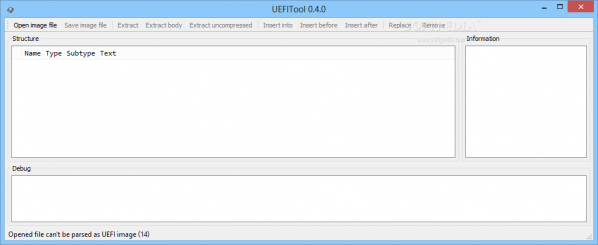

when the single binary is built natively for both x86-64 and arm64), but it also has some improvements and bugfixes:
Uefitool release windows#
fix for builds on Windows with MinGW, thanks to for reporting and for the fix.fix for a crash during ME FPT parsing, thanks to for reporting and for the fix.support for x86-64 128Kb Recovery Startup AP Data, a special 16 byte entry at a fixed address inside a Padding file in some PEI volumes on x86-64 PCs, thanks to support for AMI ROM Hole files, that need to remain at fixed base addresses inside the image, thanks to fixes and small improvements:.It also adds FreeBSD to the list of supported OSes thanks to effort to make the tools buildable there.
Uefitool release full#
It’s easy to use with a simple interface, although it requires you to have some UEFI knowledge.This release is full of minor improvements and fixes for minor issues that laid unresolved for several years due to them being so minor. To conclude, UEFITool is a user-friendly tool for accessing your UEFI configurations and settings and making changes to them. In terms of the features, you’ll have access to some nice UEFI tools. And when you’re done editing, you can easily export the image. Fixes 158, UEFITool and UEFIFind failed to lookup pattern crossing header/body boundary. You may also remove the pieces you find unwanted. Use UEFITool ( Release A58 LongSoft/UEFITool GitHub) to open the bios file inside extracted folder (System bios with bios guard ver x.x.x) then press ctrl+f search for overclocking lock in text section, then double click on results at the bottom, right click on PE2 image then extract as is. You can extract the data from an image and insert items into it. You’ll be able to open them and view them inside a structured interface where you’ll see their name and additional information about them. These are some of the most common and standard BIOS image types. It is compatible with many BIOS image types, such as ROM, BIN, CAP, BIO, FD, WPH, and EFI. What is more, this application offers you many nice functionalities and compatibility. Even though it’s not very visually appealing, you’ll be able to use it easily.


But the experience matters, and that is on a relatively high level. It has a simple design that looks somewhat simplistic. However, it’s also important to note that you’ll need to know about the configurations inside UEFI, even if the tool is simple and easy to use.īut if you already have that, then UEFITool will be a breeze. This tool is user-friendly as it has an intuitive interface allowing you to access your UEFI configurations easily. You can import the data via image files, view these configurations, and edit them if you want.Įven though UEFI editing is perceived as a job for professionals, you’ll be able to edit them with this user-friendly application that will provide you with a nice interface. With UEFITool, editing and viewing your UEFI and BIOS configurations are easy. UEFITool allows you to edit your UEFI thanks to this user-friendly interface, where you can access all of the tools inside UEFI, even if you’re a beginner.


 0 kommentar(er)
0 kommentar(er)
